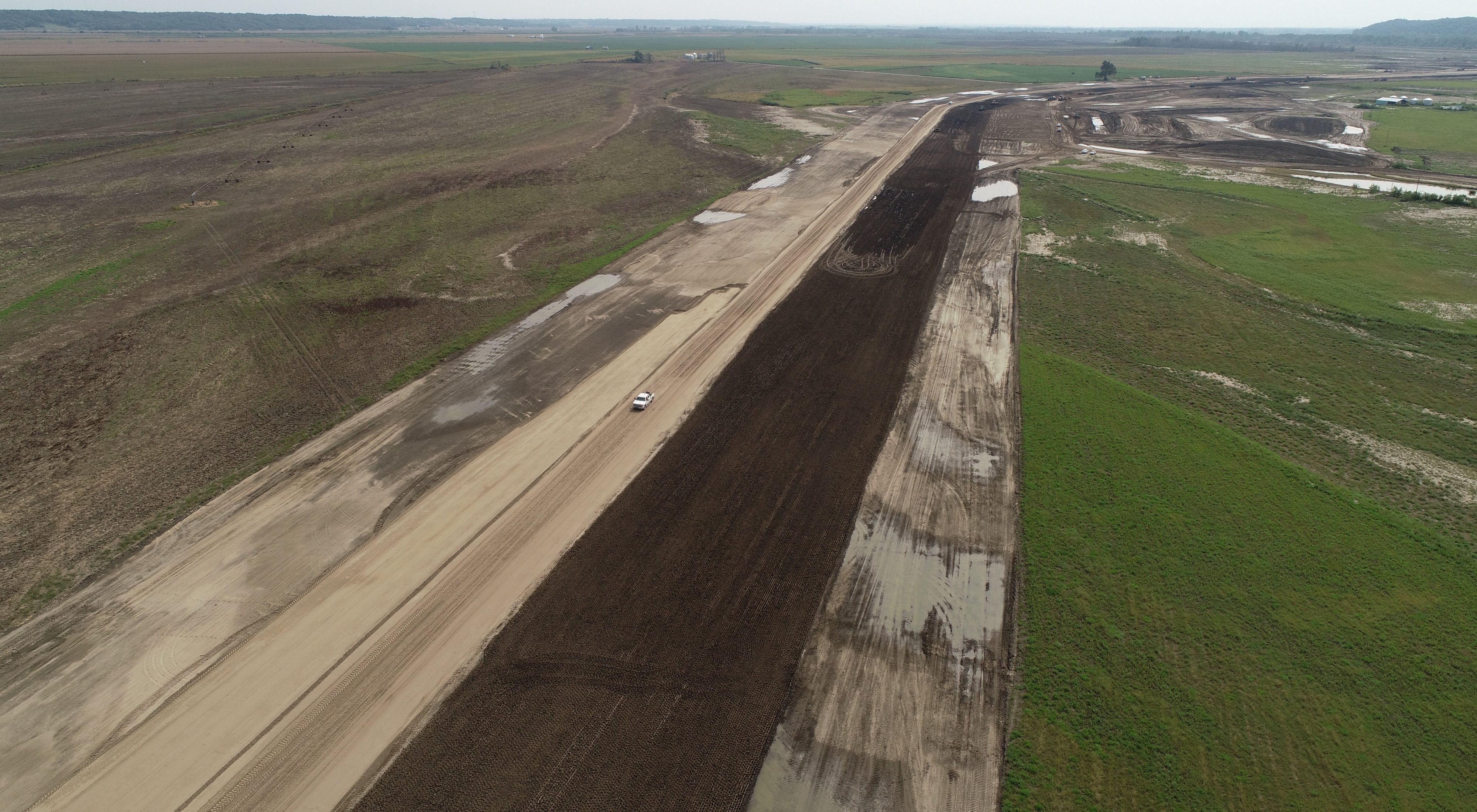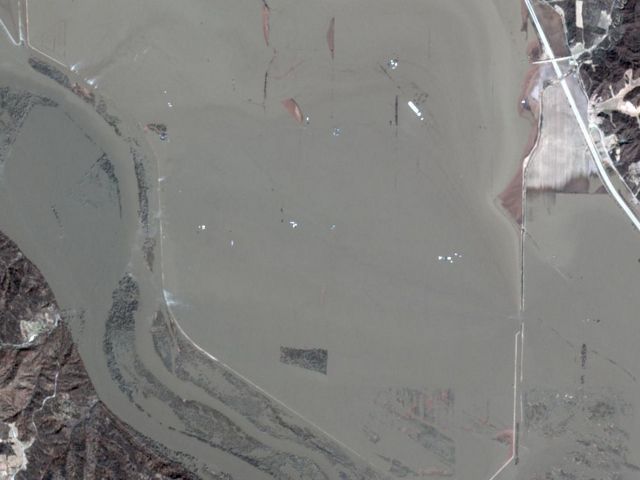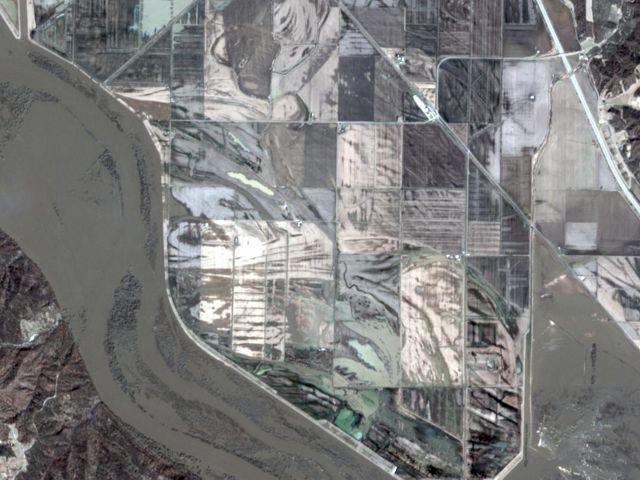The Nature Conservancy Releases a Large-Scale Levee Realignment Playbook, Based on the Experiences of the Missouri River L-536 Project Partners
Media Contacts
-
Kristy Stoyer
Director of Communications
The Nature Conservancy
Phone: 636-346-6941
Email: kstoyer@tnc.org
Realigning a Levee on the Missouri River
Learn more about the levee projectIn March 2019, abnormal weather patterns in Nebraska, Iowa and South Dakota caused record-setting flooding along the Missouri River, resulting in widespread catastrophic damage throughout the river valley.
The Large-Scale Levee Setback Playbook documents how, after the historic flood, a multi-agency team worked with leadership from the Atchison County Levee District to complete a highly complex ~$100 million levee realignment through the U.S. Army Corps of Engineers’ (USACE) Public Law 84-99 Levee Rehabilitation Program. After floodwaters destroyed most of the left bank of Missouri River Levee Unit 536 (L-536) in northwestern Missouri, the levee was set back away from the river, reconnecting 1,000 acres of the historic floodplain and potentially resulting in flood risk management benefits such as reduced flood stage and velocities in the project area.
The Playbook also serves as a guide for others to use in pursuing similar nature-based solutions that enhance flood resiliency.
“The L-536 levee project in itself is a great demonstration for how communities can use nature-based approaches to reduce their flood risk,” says The Nature Conservancy’s Barbara Charry. “This Playbook is our way to help make it easier for communities to pursue those approaches.”
The development of the Playbook was supported by The Nature Conservancy with experience-based contributions from project partners involved in the L-536 realignment project including the U.S. Army Corps of Engineers (USACE).
“In my opinion, building a project this complex as fast as we did can’t be done by the USACE and a levee sponsor alone, you need a team of focused collaborators,” says Dave Crane, Environmental-Lead on L-536 for the USACE. “Our experiences, expertise and recommendations can be used to help communities and decision-makers evaluate habitat-and-flood risk management win-wins through the power of partnership, whether it’s for pre-disaster planning or recovery after a severe event like what happened in 2019.”
Quote: Dru Buntin
I believe this Playbook can be a great resource to our river communities in Missouri and beyond.
The Playbook is organized in four distinct but complementary sections to tell the story, share the challenges, present recommendations and illustrate the how-to for communities ready to take action.
“One of the key takeaways illustrated in the Playbook is the power of local leadership demonstrated by the Atchison County Levee District, which took a holistic approach with their entire levee system,” says Dru Buntin, Director of the Missouri Department of Natural Resources. “I believe this Playbook can be a great resource to our river communities in Missouri and beyond that have dealt with repetitive flood events and want to look at more resilient and protective solutions.”
The interactive playbook can be accessed and printed at nature.org/moriverlevee
The Nature Conservancy is a global conservation organization dedicated to conserving the lands and waters on which all life depends. Guided by science, we create innovative, on-the-ground solutions to our world’s toughest challenges so that nature and people can thrive together. We are tackling climate change, conserving lands, waters and oceans at an unprecedented scale, providing food and water sustainably and helping make cities more sustainable. The Nature Conservancy is working to make a lasting difference around the world in 81 countries and territories (40 by direct conservation impact and 41 through partners) through a collaborative approach that engages local communities, governments, the private sector, and other partners. To learn more, visit nature.org or follow @nature_press on X.


